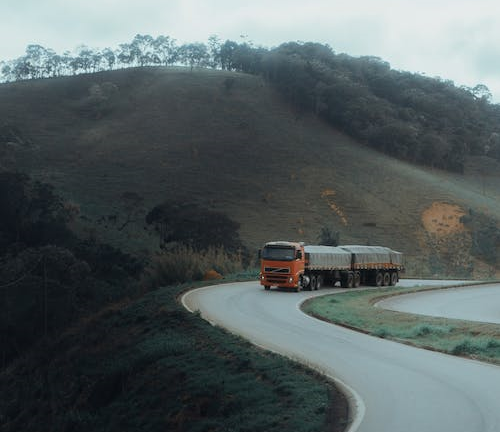Article at a Glance:
- Heavy haulage permits in Australia – why heavy haulage companies need to obtain these permits.
- Different types of heavy haulage permits in Australia and their provisions.
Transporting oversized and overweight loads in Australia requires obtaining heavy haulage permits to ensure compliance with regulations and the safe movement of vehicles and freight. This article explores the responsibilities of both individuals and heavy haulage companies in obtaining these permits and provides guidelines for navigating the process.
Focusing on the Australian context, this article will outline the factors that necessitate permits, the application procedure, and the importance of collaboration and communication between the parties involved for a safe and effective freight movement.
Understanding Heavy Haulage Permits in Australia
Heavy haulage permits, specifically Over Dimensional Load (ODL) permits, are essential for loads that exceed prescribed dimensions when crossing railways or tramways in Australia. These permits come with specific conditions to guarantee the safe transportation of vehicles and large loads over these crossings.
Dimensions Requiring Permits
To ensure compliance, it is crucial to understand the maximum allowable heights, widths, and lengths specified for railway and tramway crossings. While these dimensions may vary in regional areas, the general requirements are as follows:
- Railway: Maximum height of 4.9 meters, maximum width of 5.0 meters, and maximum length of 26.0 meters.
- Tramway: Maximum height of 4.3 meters, maximum width of 3.0 meters, and maximum length of 26.0 meters.
Weight Limits and NHVR Permits
Unlike dimensions, there is generally no weight limit for loads crossing railways or tramways unless specified by a National Heavy Vehicle Regulator (NHVR) permit. In cases where oversize or overweight loads exceed the weight limit, NHVR oversize/overweight permits can be applied at National Heavy Vehicle Regulator Australia.
Application Process and Responsibilities
Individuals and heavy haulage companies must follow a clear application process to obtain heavy haulage permits. Applications and payments can typically be made online through the transport authorities’ websites. It is important to note the following guidelines:
- Class 1 applicants should reference their NHVR permit or relevant Gazette notice.
- Only one configuration per application is allowed, and applications for multiple configurations will not be accepted.
- Depending on the circumstances, inspections may be required, and fees may apply.
If rail safety measures are necessary at the crossing, the permit holder must arrange and cover associated costs.
Collaboration and Effective Communication
Obtaining heavy haulage permits requires collaboration and effective communication between individuals and heavy haulage companies. Both parties should clarify their respective responsibilities and obligations through contractual agreements. By working together, they can ensure a smooth permit acquisition process and minimise potential delays or complications.
Seeking Legal Advice
Given the intricacies of heavy haulage regulations and permit requirements, individuals and heavy haulage companies should seek legal advice. Consulting professionals experienced in heavy haulage can provide valuable insights, ensuring compliance with laws and regulations and mitigating potential risks.
Conclusion
Securing heavy haulage permits is a shared responsibility between individuals and heavy haulage companies in Australia. By understanding the dimensions that require permits and following the application process, individuals can contribute to the safe and efficient transportation of oversized loads. Heavy haulage companies, with their expertise, play a vital role in guiding their clients through the permit acquisition process.
Collaboration, effective communication, and seeking legal advice when necessary are key elements for a successful heavy haulage operation. Together, individuals and heavy haulage companies can uphold compliance, foster a thriving industry, and ensure the safe movement of heavy loads throughout Australia.


